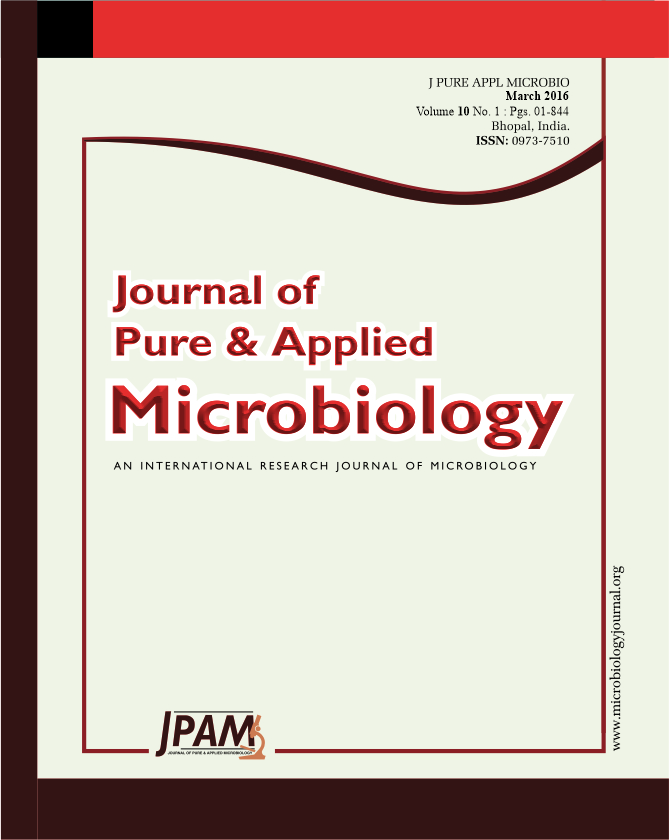Fructooligosaccharides are now well known for their prebiotic properties. Moreover, they lower cholesterol levels, phospholipids and triglycerides in the blood, as well as the diastolic blood pressure. Their synthesis is now commonly accomplished by microbial fructosyltransferase (Ftase) enzyme which has gained parallel importance in food market. The present study intends to maximize the Ftase production of A. stallus by amending the nutritional, physical and cultivation conditions of the mold. The investigation of effect of physical parameters like incubation period, pH and temperature revealed the optimum conditions to be day 4 at pH 6.00 and 300C incubation temperature . Sucrose was the best utilized carbon source for Ftase production at 5 % concentration and supported 36.05±0.10 IU/ml of enzyme .Beef extract was optimally utilized at 2% as nitrogen source enhancing Ftase production to 36.05 ± 0.10 IU/ml. The study of additives revealed 123.33% increase in Ftase production due to MgSO4 . The introduction of shaking conditions increased the Ftase production to 68.73 ± 0.10 IU/ml.The total enhancement of Ftase production was 201.44%.
Fructooligosaccharides, Fructosyltransferase, Batch fermentation and cultural amendments.
© The Author(s) 2016. Open Access. This article is distributed under the terms of the Creative Commons Attribution 4.0 International License which permits unrestricted use, sharing, distribution, and reproduction in any medium, provided you give appropriate credit to the original author(s) and the source, provide a link to the Creative Commons license, and indicate if changes were made.


